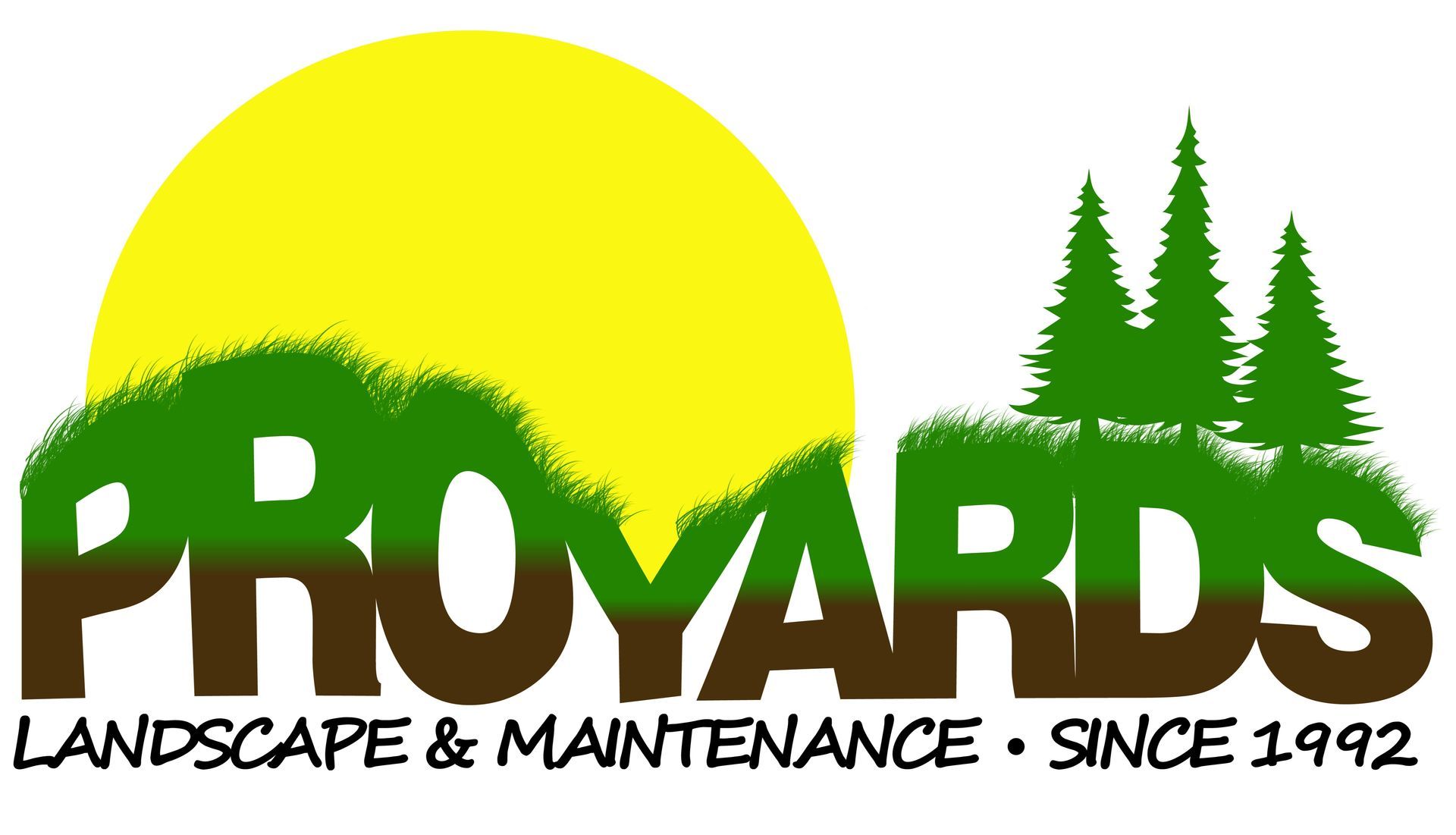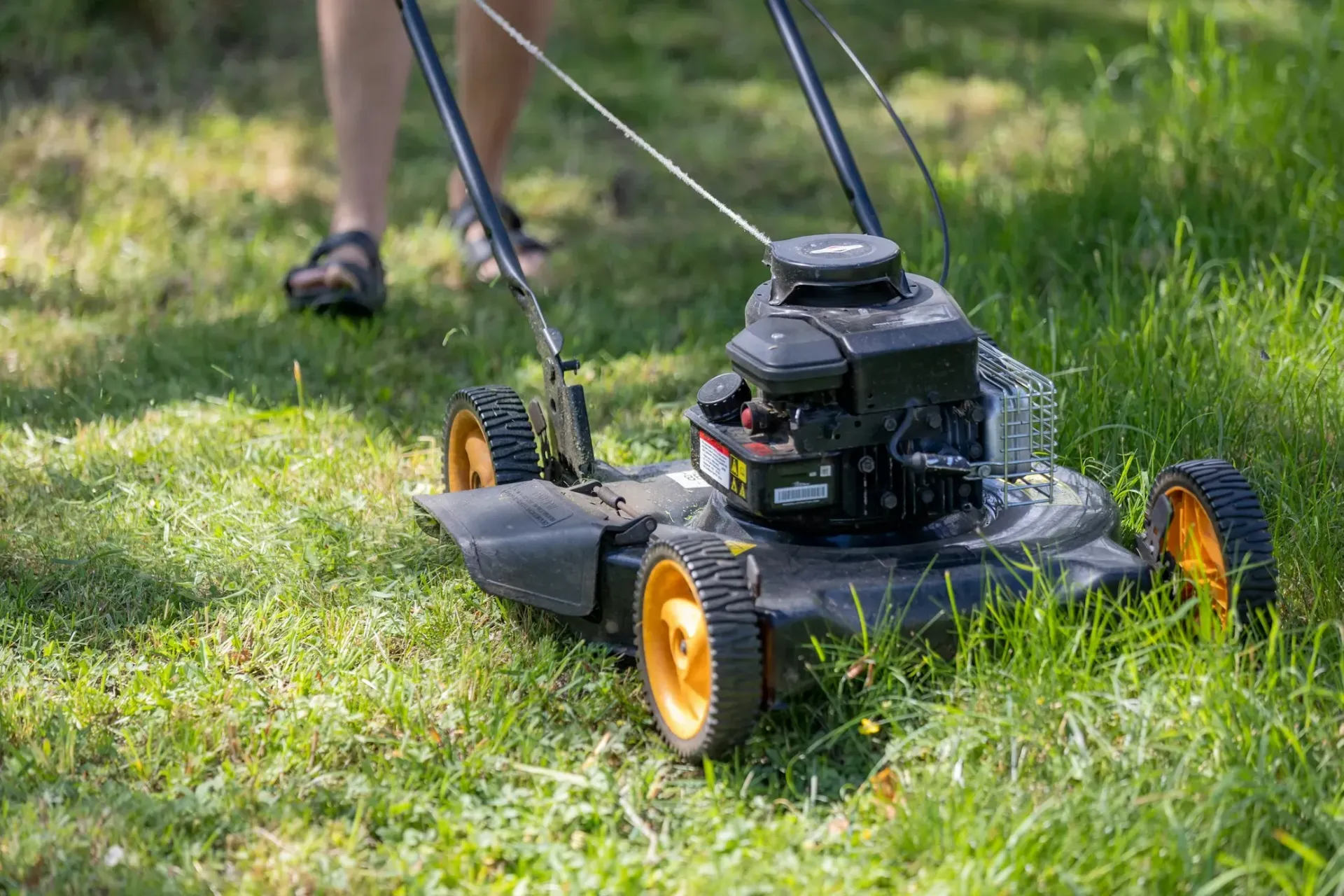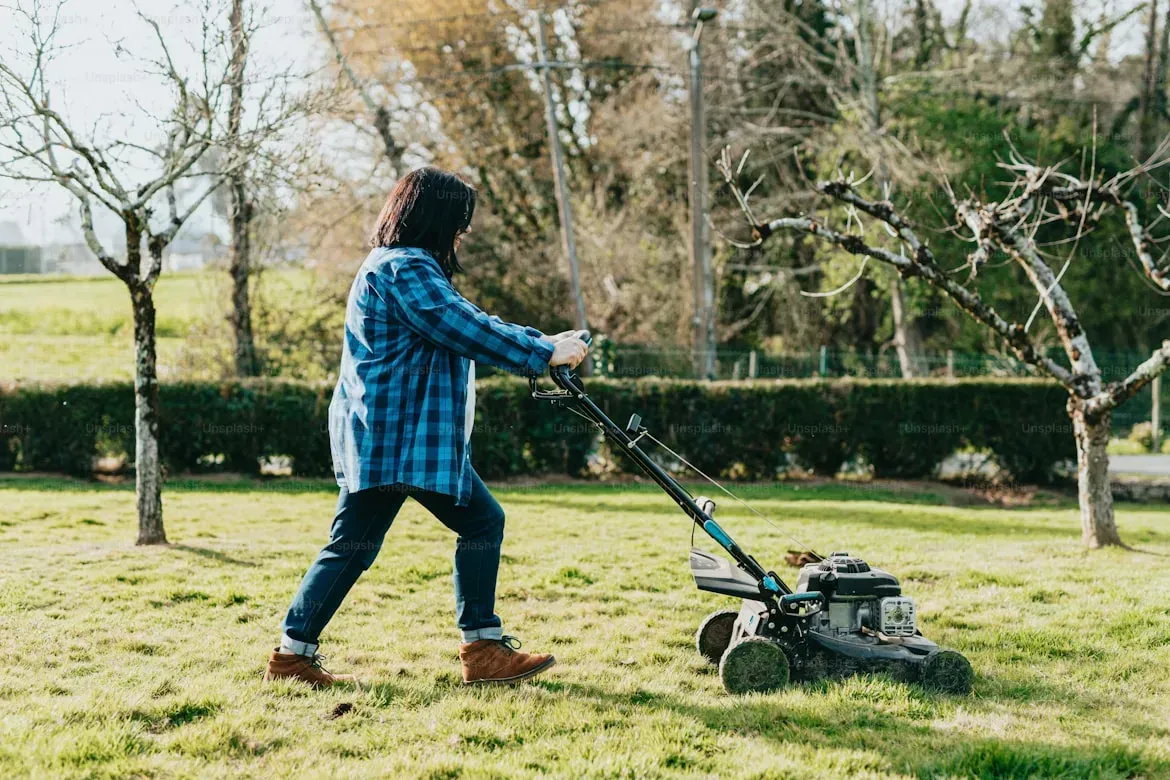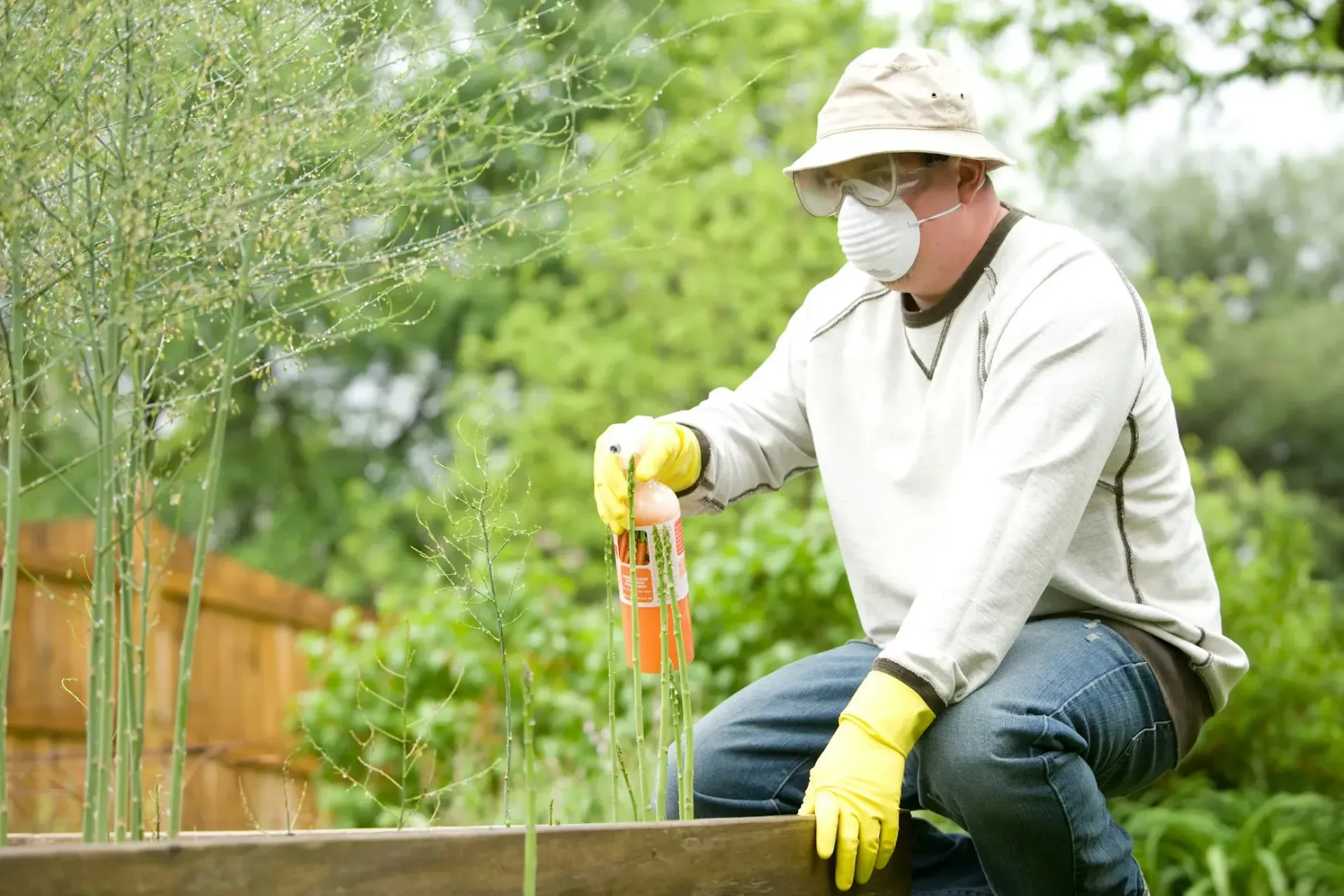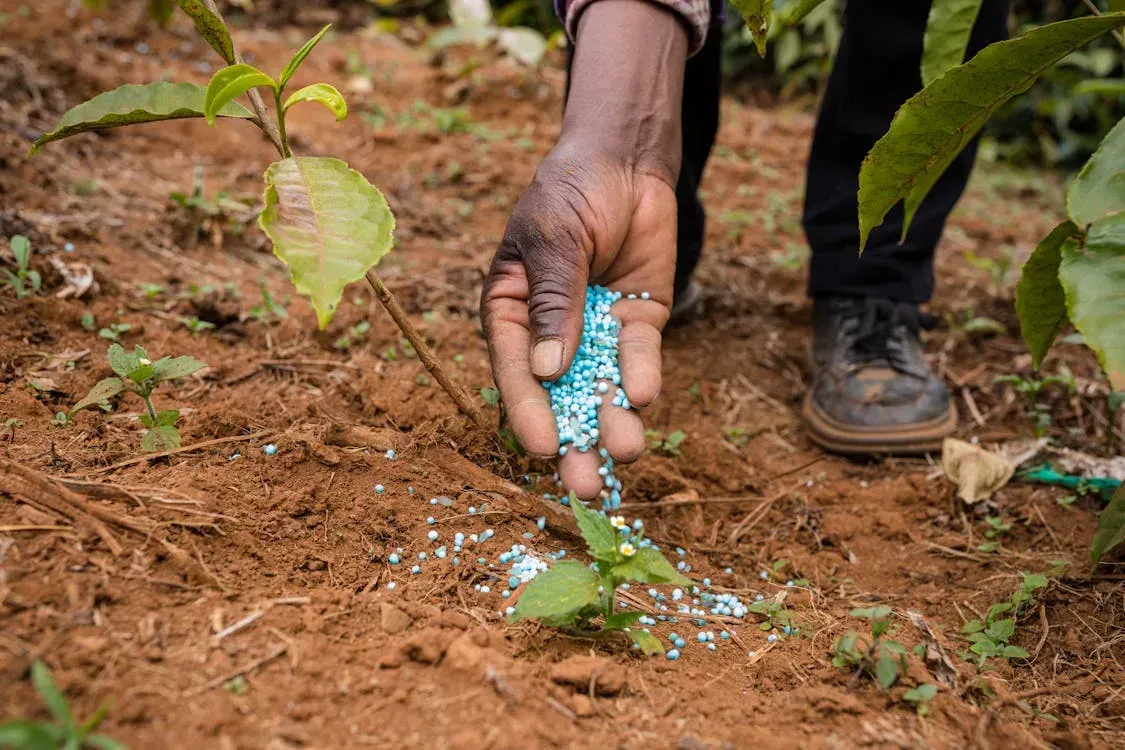
Why Fertilization is Key for a Thriving Utah Lawn
A green, healthy lawn doesn’t happen by chance—especially in Utah. With dry summers, cold winters, and alkaline soil, your grass needs extra care to stay strong. Fertilizer provides the nutrients your lawn lacks, helping it grow thick, resist weeds, and handle Utah’s harsh weather.
The best time to fertilize your lawn in Utah is early spring, late spring, early fall, and late fall. These are the key times when grass needs nutrients to grow, recover, and prepare for the changing seasons. Applying the right type of fertilizer at the right time ensures steady growth and deep roots.
Without a solid fertilization plan, lawns struggle. Grass can turn pale, weeds take over, and the soil loses nutrients over time. By sticking to a seasonal schedule, you give your lawn everything it needs to stay green, healthy, and resilient year-round.
When Is the Best Time to Fertilize in Utah? (Seasonal Schedule)
Timing matters when it comes to fertilizing your lawn. If you apply fertilizer at the wrong time, your grass won’t absorb the nutrients properly, and you might even do more harm than good. Utah’s climate brings extreme temperature swings, so a seasonal fertilization plan is the best way to keep your lawn healthy all year.
Here’s the best fertilization schedule for Utah lawns:
Early Spring (March – April): Wake-Up Feeding
Winter can be tough on grass. When temperatures start rising, your lawn wakes up and begins growing again. This is the perfect time to give it a nitrogen-rich fertilizer to jumpstart growth.
- What to Use: A fertilizer with high nitrogen (like 20-5-10)
- Why It Matters: Helps grass green up and recover from winter
- Pro Tip: Water the lawn after fertilizing to help nutrients soak into the soil
Late Spring (May – June): Strength & Growth Boost
By late spring, your grass is growing fast. It needs a balanced fertilizer to support root strength and prepare for summer heat.
- What to Use: A fertilizer with balanced nutrients (like 16-4-8)
- Why It Matters: Strengthens roots and prevents weak, overgrown grass
- Pro Tip: Avoid using too much nitrogen, or your lawn will grow too fast and become weak
Summer (July – August): Light Maintenance Feeding (Only If Needed)
Utah summers are hot and dry, which can stress out your lawn. Over-fertilizing now can do more harm than good, so only apply fertilizer if your lawn looks weak or pale. If your grass is healthy, focus on watering instead.
- What to Use: A slow-release or organic fertilizer if needed
- Why It Matters: Prevents grass from burning in extreme heat
- Pro Tip: Water deeply in the morning to help grass stay hydrated
Early Fall (September – October): Recovery & Root Strengthening
After a long, hot summer, your lawn needs nutrients to bounce back. This is one of the most important fertilization times of the year. Use a fertilizer with higher potassium to strengthen roots and prepare for colder months.
- What to Use: A fertilizer with extra potassium (like 14-5-20)
- Why It Matters: Helps grass recover from heat and build strong roots
- Pro Tip: Aerate your lawn before fertilizing to help nutrients reach the roots
Late Fall (October – November): Winterizing for Next Year
Before winter hits, your lawn needs one last feeding. This helps store nutrients for spring growth and protects roots from freezing temperatures.
- What to Use: A winterizer fertilizer (like 10-10-10)
- Why It Matters: Prepares your lawn to survive the cold and come back strong in spring
- Pro Tip: Apply before the first freeze for the best results
A well-timed fertilization schedule gives your lawn everything it needs to stay green, healthy, and resilient year-round.
What’s the Best Fertilizer for Utah Lawns?
Not all fertilizers work the same, and choosing the right one makes a big difference. Utah’s soil is naturally alkaline, meaning it doesn’t always hold nutrients well. The best fertilizer for your lawn depends on the season, grass type, and soil condition.
Understanding N-P-K Ratios (What the Numbers Mean)
Every bag of fertilizer has three numbers, like 20-5-10 or 14-5-20. These numbers represent nitrogen (N), phosphorus (P), and potassium (K).
- Nitrogen (N): Helps grass grow thick and green
- Phosphorus (P): Supports root growth and development
- Potassium (K): Strengthens grass against stress, heat, and disease
For Utah lawns, fertilizers with higher nitrogen in spring and more potassium in fall work best.
Organic vs. Synthetic Fertilizers: Which Works Better?
Both organic and synthetic fertilizers can work for Utah lawns, but they have key differences.
- Organic fertilizers (like compost or manure): Feed the soil naturally but take longer to break down.
- Synthetic fertilizers: Provide quick results but need proper timing to avoid overfeeding.
If you prefer slow, steady growth, go for organic options. If you want fast green-up, synthetic fertilizers get the job done quickly.
Best Fertilizers for Utah’s Grass Types
The most common grasses in Utah are Kentucky bluegrass, tall fescue, and perennial ryegrass. Here’s what works best:
- Kentucky bluegrass: Needs more nitrogen; use 20-5-10 in spring and 14-5-20 in fall
- Tall fescue: Requires deep roots; go for a balanced mix like 16-4-8
- Perennial ryegrass: Fast-growing but shallow roots; needs light, frequent feeding
Picking the right fertilizer and applying it at the right time will keep your lawn strong and healthy all year.
How to Apply Fertilizer Correctly (Avoid These Mistakes!)
Fertilizing your lawn isn’t just about picking the right product. How you apply it matters just as much. If you don’t do it correctly, you could waste fertilizer or even damage your grass. Here’s how to do it right.
Use the Right Spreader for Even Application
A fertilizer spreader helps distribute nutrients evenly so your lawn gets consistent growth. There are two main types:
- Broadcast (Rotary) Spreader: Covers large areas quickly and spreads fertilizer in a wide arc.
- Drop Spreader: Lays fertilizer in a straight line with more precision, better for small lawns.
Whichever you use, always follow the settings on the fertilizer bag for the correct application rate.
Water Your Lawn After Fertilizing
Fertilizer needs water to break down and reach the roots. If you don’t water it in, nutrients may sit on top of the soil or, worse, burn your grass.
- Granular fertilizers: Water lightly after applying to help absorption.
- Liquid fertilizers: No need to water; they soak in fast on their own.
Common Fertilization Mistakes to Avoid
Even with the right fertilizer, a few mistakes can lead to poor results. Here’s what not to do:
❌
Over-fertilizing: Too much nitrogen makes grass grow too fast, leading to weak roots and thatch buildup.
❌
Fertilizing at the wrong time: If you fertilize too late in summer, it can stress your lawn instead of helping it.
❌
Skipping aeration: If your soil is compacted, fertilizer won’t reach the roots where it’s needed.
By using the right tools, watering correctly, and avoiding common mistakes, you’ll get the most out of your fertilizer and keep your lawn thriving.
Supporting Fertilization with Smart Lawn Care Practices
Fertilizer alone won’t keep your lawn healthy. To get the best results, you need to combine fertilization with proper mowing, watering, and aeration. These practices help nutrients reach the soil and support strong, even growth.
Mow at the Right Height
Cutting your grass too short weakens it, making it more likely to dry out or develop weeds. The best mowing height depends on your grass type:
- Kentucky bluegrass: Keep it around 2.5 to 3 inches tall.
- Tall fescue: Best at 3 to 4 inches.
- Perennial ryegrass: Maintain at 2 to 3 inches.
Never remove more than one-third of the grass height at a time. This keeps roots strong and helps retain moisture.
Watering Tips for Utah Lawns
Utah’s dry climate makes watering essential, but too much water can be just as harmful as too little. The key is deep, infrequent watering rather than frequent, shallow watering.
- How much to water: Aim for about 1 to 1.5 inches per week, including rainfall.
- Best time to water: Early morning (before 10 AM) to reduce evaporation.
- Avoid watering at night: Wet grass overnight can lead to disease.
Proper watering supports fertilization by helping nutrients reach the roots and preventing stress from dry conditions.
Aeration and Dethatching: When and Why It Helps
Over time, soil can become compacted, making it hard for fertilizer, water, and oxygen to reach the roots. Aeration helps by loosening the soil and allowing deeper penetration.
- When to aerate: Once a year, ideally in early fall or spring.
- How it helps: Improves root growth and allows fertilizer to work more effectively.
If your lawn has a thick layer of dead grass and debris (thatch), dethatching can also help nutrients reach the soil.
By combining fertilization with smart lawn care practices, you’ll create a strong, resilient lawn that stays green and healthy through every season.
Conclusion
A healthy, vibrant lawn starts with the right fertilization schedule. By feeding your grass at key times throughout the year, you give it the strength to grow thicker, resist weeds, and handle Utah’s tough climate. Pair fertilization with proper mowing, watering, and aeration, and you’ll have a lawn that stays green and strong all year long.
For expert lawn care in Salt Lake City, Lehi, Saratoga Springs, Eagle Mountain, and American Fork, trust ProYards. We offer professional fertilization, irrigation, landscaping, hardscapes, tree care, and pest control to keep your yard in top shape. Our licensed and insured team delivers high-quality results with attention to detail and unmatched customer service.
Let ProYards handle your lawn care—contact us today for a free consultation!
Our Services
Contact Information
Phone: (801) 254-2890
Email: proyardcustomers@gmail.com
Business Hours
- Mon - Fri
- -
- Sat - Sun
- Closed
Area We Serve
All Rights Reserved | Proyards
